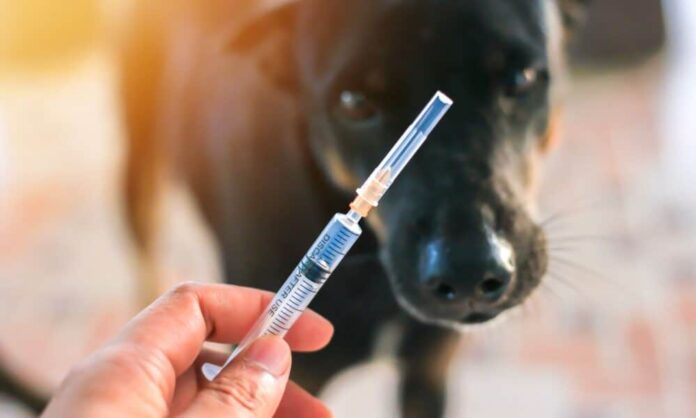Understanding Rabies: A Critical Zoonotic Disease
Rabies is a serious infectious zoonotic illness that poses a significant risk to both animals and humans. With a high mortality rate, the disease can be deadly once symptoms present themselves. In this article, we delve into the nature of rabies, its transmission, symptoms, and the importance of vaccination for prevention.
What is Rabies?
According to the Centers for Disease Control and Prevention (CDC), rabies virus is a part of the order Mononegavirales, characterized by non-segmented, negative-stranded RNA genomes. The rabies virus, noted for its distinctive bullet-shaped appearance, belongs to the Rhabdoviridae family, which encompasses various genera of animal viruses, including Lyssavirus, Ephemerovirus, and Vesiculovirus.
Historical Context: Hydrophobia and Symptoms
Rabies was historically referred to as hydrophobia, a term derived from the intense fear of water exhibited by affected individuals. This aversion is due to severe throat spasms triggered by attempts to swallow, often resulting in panic and distress.
Symptoms and Progression
The progression of rabies symptoms is rapid and can worsen within just a few days. Key clinical signs include:
- Neurological issues such as hyperesthesia (increased sensitivity to stimuli)
- Aggression
- Progressive paralysis, leading to death
Transmission of Rabies
Dogs and other animals primarily become infected with rabies through bites from infected animals, as the virus is transmitted via saliva. However, it is also possible for the virus to enter a host through open wounds or mucous membranes contaminated with an infected animal’s saliva or nerve tissue.
Types of Rabies in Dogs
There are two classical types of rabies: paralytic and furious. Infected dogs may display symptoms from one or both types:
- Furious Rabies: Affected dogs may become aggressive and exhibit delusional behaviors, including hallucinations and unprovoked attacks.
- Paralytic Rabies: This phase involves paralysis of various muscle systems, often leading to an inability to swallow, which results in hypersalivation and foaming at the mouth—common indicators of rabies infection.
Diagnosis and Treatment
Diagnosing rabies in a living animal is challenging, making it imperative to recognize the symptoms accurately. If a pet is bitten by a rabid animal, the vet may administer a booster anti-rabies vaccine if the dog is already vaccinated.
Sadly, rabies is almost always fatal in unvaccinated animals. A dog that has been bitten by or exposed to a known rabid animal may need to be quarantined for up to four months or, if the owner opts against euthanasia, may have to be put down per municipal and state regulations.
Prevention: The Role of Vaccination
The most effective way to reduce the risk of rabies is through vaccination. The rabies vaccine stimulates the production of antibodies and is included in the mandatory vaccination schedule for puppies.
Conclusion
Understanding rabies and taking proactive measures such as vaccination can help protect both pets and humans from this deadly disease. Remain vigilant and consult with a veterinarian if there is a concern about rabies exposure.












